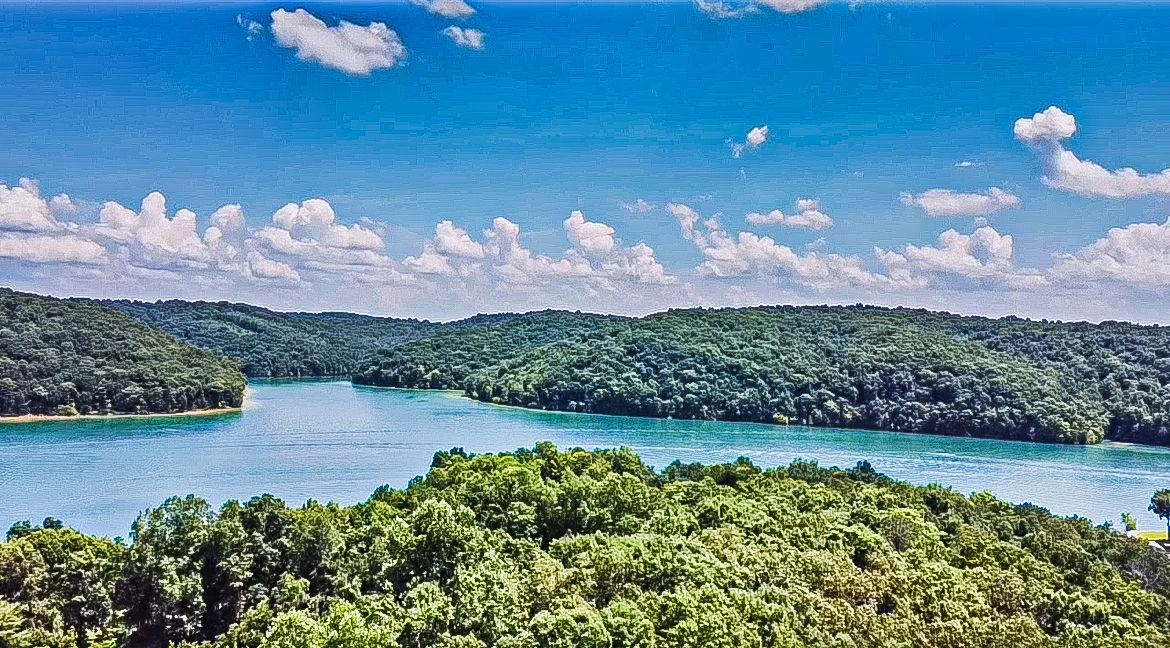Norris Lake levels have always been a crucial topic for residents, tourists, and environmental enthusiasts. The lake serves as a vital water source and a recreational hub, making its water levels a matter of significant interest. In this article, we will explore everything you need to know about Norris Lake levels, including the factors influencing them, historical trends, and their impact on the local ecosystem.
Understanding Norris Lake levels is essential for those who rely on the lake for various purposes, from fishing to irrigation. The lake's water levels are influenced by several factors, including rainfall, evaporation rates, and human interventions. By examining these factors, we can gain insight into the lake's health and sustainability.
This article aims to provide a detailed overview of Norris Lake levels, ensuring that readers are well-informed and equipped with the knowledge needed to appreciate the significance of this natural resource. Whether you're a local resident, a visitor, or an environmental advocate, this guide will offer valuable insights into the dynamics of Norris Lake levels.
Read also:Shakira Height Unveiling The Iconic Singers Stature And Its Influence
Table of Contents
- Introduction to Norris Lake
- Formation of Norris Lake
- Factors Affecting Norris Lake Levels
- Historical Data on Norris Lake Levels
- Environmental Impact of Changing Levels
- Recreational Activities and Norris Lake Levels
- Water Management Strategies
- Community Involvement in Monitoring Levels
- Future Predictions for Norris Lake Levels
- Conclusion
Introduction to Norris Lake
Norris Lake is a man-made reservoir located in East Tennessee, created by the impoundment of the Clinch River. It spans several counties and is renowned for its breathtaking scenery and recreational opportunities. Norris Lake levels are a critical aspect of the lake's functionality, as they directly affect its usability for various purposes.
Geographical Overview
Norris Lake covers an area of approximately 33,840 acres and has over 800 miles of shoreline. Its vast size makes it one of the largest reservoirs in the southeastern United States. The lake's levels are meticulously monitored to ensure that it remains a sustainable resource for the community.
Formation of Norris Lake
The creation of Norris Lake began in 1933 as part of the Tennessee Valley Authority (TVA) project. The Norris Dam, completed in 1936, was instrumental in forming the lake. This project aimed to provide flood control, hydroelectric power, and improved navigation along the Clinch River.
Historical Context
During the Great Depression, the construction of Norris Dam provided employment opportunities for thousands of workers. The lake's formation also led to the relocation of several communities, as the rising waters inundated their original settlements. Today, Norris Lake stands as a testament to human ingenuity and the ability to harness natural resources for societal benefit.
Factors Affecting Norris Lake Levels
Norris Lake levels are influenced by a variety of factors, both natural and human-induced. Understanding these factors is essential for predicting and managing fluctuations in water levels.
Natural Factors
- Rainfall: Precipitation directly impacts the water levels in Norris Lake. Periods of heavy rainfall can lead to significant increases in water levels.
- Evaporation: High temperatures and dry conditions can cause substantial water loss through evaporation, lowering lake levels.
- Seasonal Variations: Water levels typically fluctuate with the seasons, with higher levels during the wetter months and lower levels during drier periods.
Human Factors
- TVA Operations: The Tennessee Valley Authority manages Norris Lake levels for flood control and hydroelectric power generation. These operations can result in controlled fluctuations in water levels.
- Water Usage: Agricultural, industrial, and residential water demands can influence Norris Lake levels, particularly during periods of high usage.
Historical Data on Norris Lake Levels
Historical records provide valuable insights into the trends and patterns of Norris Lake levels over time. By analyzing this data, we can better understand the lake's behavior and anticipate future changes.
Read also:Discover The Best Catering Experience With Cossettas Catering Services
Key Trends
According to data from the TVA, Norris Lake levels have experienced noticeable fluctuations over the decades. For instance, during the 1970s and 1980s, the lake faced prolonged periods of low water levels due to drought conditions. Conversely, the early 2000s saw higher-than-average water levels following several years of above-average rainfall.
Environmental Impact of Changing Levels
Fluctuations in Norris Lake levels can have significant environmental consequences. Both aquatic and terrestrial ecosystems surrounding the lake are affected by these changes, necessitating careful management and monitoring.
Aquatic Life
Changes in water levels can impact fish populations and other aquatic organisms. For example, lower water levels may reduce habitat availability, while higher levels can lead to increased sedimentation and nutrient runoff.
Recreational Activities and Norris Lake Levels
Norris Lake is a popular destination for various recreational activities, including boating, fishing, and swimming. The lake's water levels play a crucial role in determining the quality and safety of these activities.
Boating Safety
Low water levels can pose hazards for boaters, as submerged rocks and other obstacles become more prominent. Conversely, high water levels may lead to stronger currents, making navigation more challenging.
Water Management Strategies
Effective water management is essential for maintaining optimal Norris Lake levels. The Tennessee Valley Authority employs various strategies to ensure the lake remains a sustainable resource.
Flood Control
One of the primary functions of Norris Dam is flood control. By regulating water releases, the TVA can mitigate the impact of heavy rainfall and prevent downstream flooding.
Community Involvement in Monitoring Levels
Local communities play a vital role in monitoring and managing Norris Lake levels. Citizen scientists and environmental groups contribute valuable data and insights to support sustainable lake management.
Volunteer Programs
Several volunteer programs exist to engage community members in monitoring water quality and levels. These initiatives not only provide valuable data but also foster a sense of stewardship among participants.
Future Predictions for Norris Lake Levels
Looking ahead, predictions for Norris Lake levels are influenced by climate change, population growth, and technological advancements. These factors will shape the future management and sustainability of the lake.
Climate Change
Climate models suggest that Norris Lake may experience more frequent and severe fluctuations in water levels due to changing precipitation patterns and increased evaporation rates.
Conclusion
In conclusion, Norris Lake levels are a critical component of the lake's functionality and sustainability. Understanding the factors influencing these levels, as well as their environmental and recreational impacts, is essential for effective management. We encourage readers to stay informed about Norris Lake levels and participate in community initiatives to support its preservation.
We invite you to share your thoughts and experiences in the comments section below. Additionally, feel free to explore other articles on our website for more information about Norris Lake and related topics. Together, we can ensure the long-term health and vitality of this precious natural resource.
Data Source: Tennessee Valley Authority (TVA), U.S. Geological Survey (USGS)


